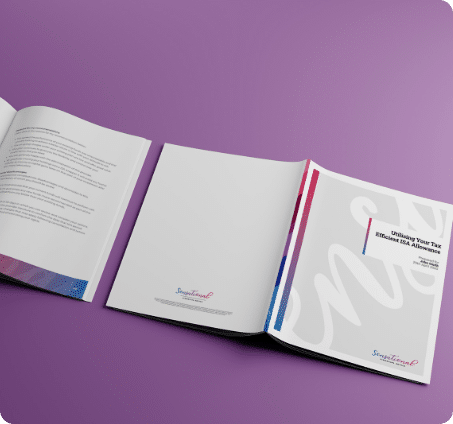The majority of reports that we view contain ‘advantages’ rather than ‘benefits’.
Advantages are often generic statements that are found in the product provider brochure. By only including ‘Advantages’ it normally demonstrates a weakness in ‘Know your Customer’ gathering and or a ‘lazy’ sales process. ‘Advantages’ are often a guess and have a ‘so what’ element to them. ‘Benefits’ however link the aspects of your recommendation and or features to the clients circumstances and views. For example:
Advantage
With this investment, switches between funds do not incur a personal liability for capital gains tax. This could be useful if you are already making use of your annual capital gains tax allowance elsewhere.
Benefit
When you make switches between funds within this investment, you will not be personally liable for capital gains tax. This is a useful benefit as you are already making use of your annual capital gains tax allowance elsewhere.
In order to explain why your advice is suitable you need to make a direct link between a feature and the clients circumstances, this means making ‘Benefit Statements’.







New Content Integration with Pacific Asset Management
Doug McFarlane Suitability 2025, Content Integration, content management, EU, FCA, Integration, Investment, ML, Pacific, Pacific Asset Management, PI, Update
We have some exciting news on the latest upgrade to ATEB Suitability on 9 April 2025. This update comes at no additional cost and provides a new addition to our content integration library. We have partnered with Pacific Asset Management to provide our customer firms with access to the following: A description of their service […]